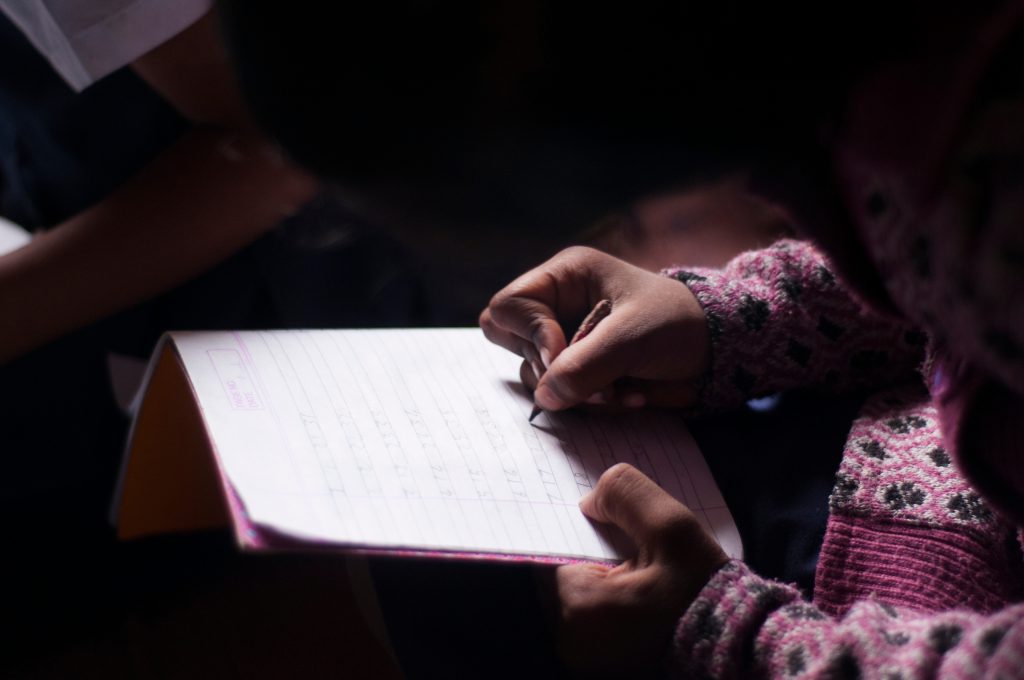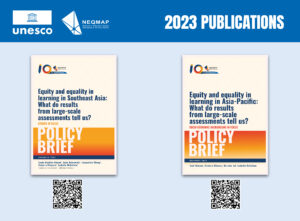
COVID 19, the virus has not only affected the globe as a medical scourge, but affected the working of all dimensions of living, be it earnings, business, entertainment, law & order, so on and so forth. Education is no exception to this. While we all know that we shall overcome this difficult phase of global disruption, the scars of this tumultuous time will remain. The scholastic and academic loss, especially to the school children and most acutely to the disadvantaged group, demands prompt thinking and expeditious action. The scholastic loss to the student community necessitates a prompt and a curative action. One of the antidote to this learning slide resulting from the onslaught being used extensively world-wide are the different ‘digital-initiatives’.
In India, the Ministry of Human Resource and Development (MHRD) Web Portals and Apps like e-Pathshala, National Repository of Open Educational Resources (NROER), Digital Infrastructure for Knowledge Sharing (DIKSHA), Study Web of Active Learning for Young Active Minds’ (SWAYAM) Massive Open Online Course (MOOC), SWAYAM PRABHA (a group of 32 DTH channels broadcasting high quality Educational Contents), has the potential to address this predicament to some extent. The community of teachers and students, as well as education administrator at all levels can benefit from these.
The pandemic has precipitated in major changes in the human behaviour the world over and the methodology of educational transaction is no exception to this. The situation has affected the world of education, universally. Distant learning, e-classroom, online assessment, screen-to-screen interface between the students and teachers, etc are a reality that are here to stay. Earlier this metamorphosis from traditional Classrooms to digital teaching platform happens, the better for the system and the country.
Different organizations have listed various applications, platforms and resources, for facilitating the teachers and the students. However, these are often beyond the effective reach of millions of disadvantaged students as well as the teachers in our country, thereby deepening as well as widening the chasm between the educational ‘haves and have-nots’.
The Right of Children to Free and Compulsory Education Act or Right to Education Act (RTE), enacted by the Parliament of India on 4 August 2009 and before that the erstwhile Sarva Shiksha Abhiyan, was launched to take ‘Education for All’ and to ensure that it is not a reserve for a privileged few. The present crisis has the potential to sabotage this National effort, if not deliberated upon and dealt intelligently. The three pillars on which the present-day education system stands, i.e. the ‘access’, ‘equity’ and the ‘quality’, should not be compromised on in our rush to negate the learning decline. Amid this enormous upheaval, the basic premise should not be sacrificed. The thought that India is different, what works for others may not be successful in here, should be a constant reminder in all the deliveries suggested. The success to mitigate the challenge would depend on our ability to create the insights and clarity that we would need during this time of uncertainty.
To maximise the effort of the educational machinery, we need to ensure that education penetrates deep into the remotest areas in the country and benefits the last child belonging to the lowest socio-economic strata. But, realistically speaking how many of our students have either the means or the facility to take advantage of these digital fare? For that matter, how many of our teachers are trained to interact with and use such a facility? Those parents who barely manage to get two square meals to their children, can not even dream of such luxury in this ‘Tech-tonic’ shift! Thus, online education, that is so prominently propagated by the edu-commercials and also quite a few ‘edu-pandits’, remains a distant dream and will continue to be so, for a great sizeable populace of the country’s learners in the plausible future.

So, what is the remedy to this malady? The mass media apparatus, especially the Government owned AIR (Akashvani) and Doordarshan has the potential to contribute. With their vast reach and depth of dispersion, they can reach the masses. It is relatively cheap and accessible to almost all the social strata. Dedicated programmes designed for various subjects appropriate in content for the different standards, can be incorporated as a mean to connect with all the students. All India Radio (AIR) is already associated with NCERT and other educational bodies, on numerous programmes. Similarly, State Education boards or Education Departments through SCERTs, DIETs can collaborate with local/ regional channels to generate programmes for the students and thereby ensure that ‘no child is left behind’. Careful and deliberate investment of resources (money and time) and efforts by all the stake holders, is the call of the day.
The inherent advantage of the Mass media is to use sight and sound aligned in a manner so as to maximise its impact and keep it interesting. Use of television or radio for didactic delivery of lectures must be avoided at all cost. Solutions need to be envisaged for ‘Art Integrated’ and ‘Sports Integrated’ learning to engage the child through Mass media. Contextualisation and story telling need to be woven onto learning to make it meaningful and joyous. Through mass media children may be made to conduct simple experiments at home in order to appreciate the knowledge gained and it’s use in daily life. Too much of passive screen time for children also creates dullness of body as well as of mind. Air time may include exercise of both, the body as well as that of the mind. Appropriate spacing of the programmes with incorporation of physical activity based learning as a home task can contribute to make the virtual transaction effective. Assessment of the learning levels also occupies a prominent position in these virtual transactions. Students may be given time to ruminate over the problems presented and the solutions to be discussed on the subsequent day, this process could be improved with peer participation through phone in facilities. Here the children without the phones also gets to hear and understand the problem through the voices of their peers.
Now, what are the advantages of using mass media? As elicited earlier, computers (laptop/tablets/PCs) are not available to most Indian households, barring few in the upper socio-economic echelon. On the other hand, radio/transistors and even television are relatively more commonplace. These medias have the greatest of percolation and if used judiciously can act as a vehicle of transmission for educational contents. It may be prudent to suggest that state/union governments may consider hiring ‘air-time’ in commercial Frequency Modulation (FM) channels. Every household in the blocks can be given access to the Direct to Home (DTH) channels. Installation of DTH in every home is not expensive. Governments, Non-governmental organizations as well as corporates through Corporate Social Responsibility (CSR) can pitch in. Also, inconveniences related to connectivity and data purchases, are avoided. “All one need to do is, just tune in.”
Most TV as well as FM channels are struggling to produce quality programmes to broadcast 24×7. A simple and careful scanning of many channels will reveal that there is enough ‘time-slots’ available to introduce these educational contents. These could be in the mornings or afternoons which are usually not considered ‘prime-time’. If well-advertised, this can be taken advantage of by the Cluster Resource Centres (CRCs), Block Resource Centres ( BRCs), District Institutes of Education and Training (DIETs) for the students, parents and even the teachers.
One of the advantages of online content which are getting popular with the privileged students, is the absence of time-line. One can download and browse, as per convenience. The flip side of this coin is the lack of discipline that is inherently embedded in this sort of a situation. Punctuality and maximal utilisation of time for transaction is sacrificed, which has its ill effects in disciplining the evolving psyche. Another major drawback is the total miss that the online learning gives to Social and Emotional Learning (SEL), which to some extent is mitigated in using Mass media.
Many schools have embarked upon online classes that are gaining immense popularity. Though they do serve the clientele very satisfactorily, many students from modest means are unable to take advantage, due to limited availability of computers/laptops, wifi, bandwidth etc. As a long-term policy, universal availability of hard and software for every student may be conceived. But till that utopia is reached, public broadcast apparatus of the government may provide the reach to the farthest child.
Social disparity that exist is a reality that cannot be wished away. Social distancing will certainly save lives and is a necessity. But in times of lockdown, when the traditional school education is temporarily discontinued, online education will come into fore. But for those who are not in apposition to enjoy this ‘luxury’, we need to device alternate means for educational transactions. The already existing Television and radio channels must be re-engineered for this, potentiated and popularised. The thinking and actions of all stakeholders are to be reoriented accordingly.
For more information, please contact: Prof Indrani Bhaduri (indranibhaduri@gmail.com)
Written by: Prof Indrani Bhaduri, New Delhi, [National Council of Educational Research and Training (NCERT)]
Photo cover by: Photo 1 by Alangaon Maharashtra, Photo 2 by Indrani Bhaduri






